In This Relational Vs Non-Relational Databases Article . First domain of data storage, two primary choices dominate. One is a relational database and 2nd is a non-relational database. Although these two groups seem to be only slightly different, this distinction carries significant consequences.
The discussion here covers the two types of databases which are relational and non-relational in detail, highlighting the distinctions and similarities between them.
What is Database?
A database constitutes a structured collection of information. It can manifest in two forms: relational and non-relational. In relational databases, data is organized into tables related by common fields while non-relational databases avoid the table-based approach adopting hierarchical structures. Learn More About Database
What is Relational Database ?
It is a structured data storage system consisting of tables, with each table defining information pertaining to distinct subjects. These tables create links through common fields thus enabling efficient data management, especially for small companies and individual users.
What is Non-Relational Database ?
In contrast, a non-relational database opts for a hierarchical setup of data storage, unlike the common table-based method. This framework is ubiquitous in major corporations and organizations that handle intricate datasets.
Relational vs Non-Relational Databases
The primary distinction between relational and non-relational databases resides in their approaches to data storage.
Relational databases use tables, instead, non-relational ones are based on hierarchical arrangements.
The difference in ease of use and understandability between relational databases and their ability to handle complex data sets is emphasized here. Non-relational databases excel in this aspect.
Core Distinctions between “Relational” and “Non-Relational Databases”
A comprehensive comprehension of the nuanced distinctions between relational and non-relational databases necessitates scrutinizing structural attributes, performance metrics, scalability potentials, schema specifications and developmental requisites. As an example when speaking of communication, I will say that communication is both in writing and human interaction. Here are several main distinctions…
Data Structure
- Relational databases adhere to a table-oriented architecture characterized by rows and columns, whereas non-relational databases employ diverse data models such as “key-value”, “document”, “column-family” and “graph”.
Performance
- Relational databases aim at data consistency and integrity but may run more slowly for particular applications. Unlike relational databases, non-relational databases provide better performance in large data volumes or real-time processing applications.
Scalability
Scalability issues affect relational databases rendering them unsuitable for handling large data sets or high read/write operations. While relational databases are lacking in scalability, on the contrary, non-relational databases perform better with distributed, large-scale data.
Query Language
This database employs SQL for “data retrieval” and “manipulation”, whereas non-relational databases commonly incorporate distinct “query languages” or “APIs customized” for specific “implementations”.
Schema
Relational databases function within the boundaries of a predefined schema, perfectly fit for structured data. On the contrary, non-relational databases provide greater flexibility, accepting various data types without strict schema constraints.
Development
Relational databases require more sophisticated development efforts, particularly for the formulation of complicated queries or structural changes. In contrast, non-relational databases provide a less cumbersome development process, necessitating fewer resources and less effort.
Advantages and Disadvantages of Relational Vs Non-Relational Databases
Both relational and non-relational databases have their pros and cons that are dictated by the nature of the application being developed as well as its specific requirements. Before selecting a database type it is important to take into account some crucial factors which are presented below.
Relational Database Pros
Structured Data Organization
Relational databases provide means for systematically categorizing data into tables, improving organization and accessibility.
Consistency and Navigation
Consistency of data in input and meaning facilitates navigation and creates uniformity among the datasets.
Defined Relationships
It is easy to define relationships between data items in a relational database which helps to manage data efficiently.
SQL Query Language
Utilization of Structured Query Language (SQL) streamlines data querying and updating processes, enhancing usability.
Relational Database Cons
Index Space Consumption
Indexes in relational databases can take up considerable space, which may affect the system speed.
Scaling Challenges
Scaling relational databases becomes more complicated as data volume grows, reaching scalability thresholds.
Schema Updates Complexity
Schema updates in relational databases can be very tedious and complex, possibly leading to disruptions in database operations.
Non-Relational Database Pros
Unrestricted Data Structure
Non-relational databases are more flexible as they can accommodate data which is not bounded by ordered groups.
Enhanced Flexibility
The non-relational databases support dynamic data analysis and operations, ensuring flexibility in data manipulation.
Dynamic Data Handling
Non-relational databases permit flexible data analysis and accommodating diverse inputs, thus fostering adaptability.
Non-Relational Database Cons
Query Complexity
The lack of a standard query language for non-relational databases may make querying data difficult, thereby requiring one to be familiar with specific database systems.
Data Consistency Concerns
The non-relational databases can have inconsistencies in the data values for a given key which can threaten data integrity.
Data Integrity Management
Data consistency in non-relational databases necessitates careful management practices aimed at minimizing the likelihood of inconsistencies.
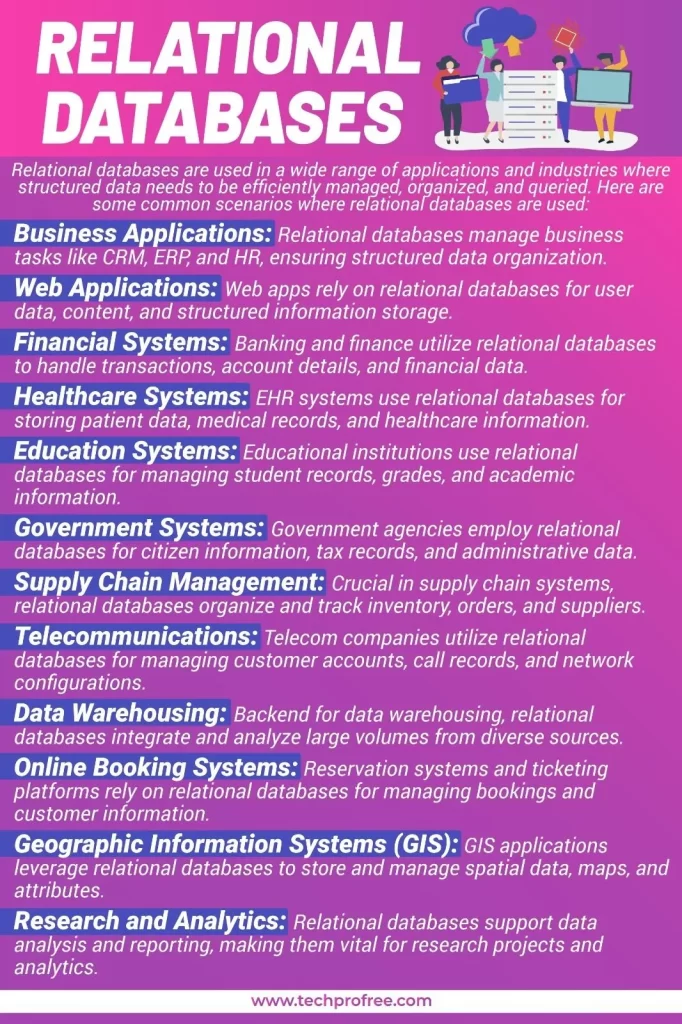
Relational Vs Non-Relational Vs Hybrid Databases
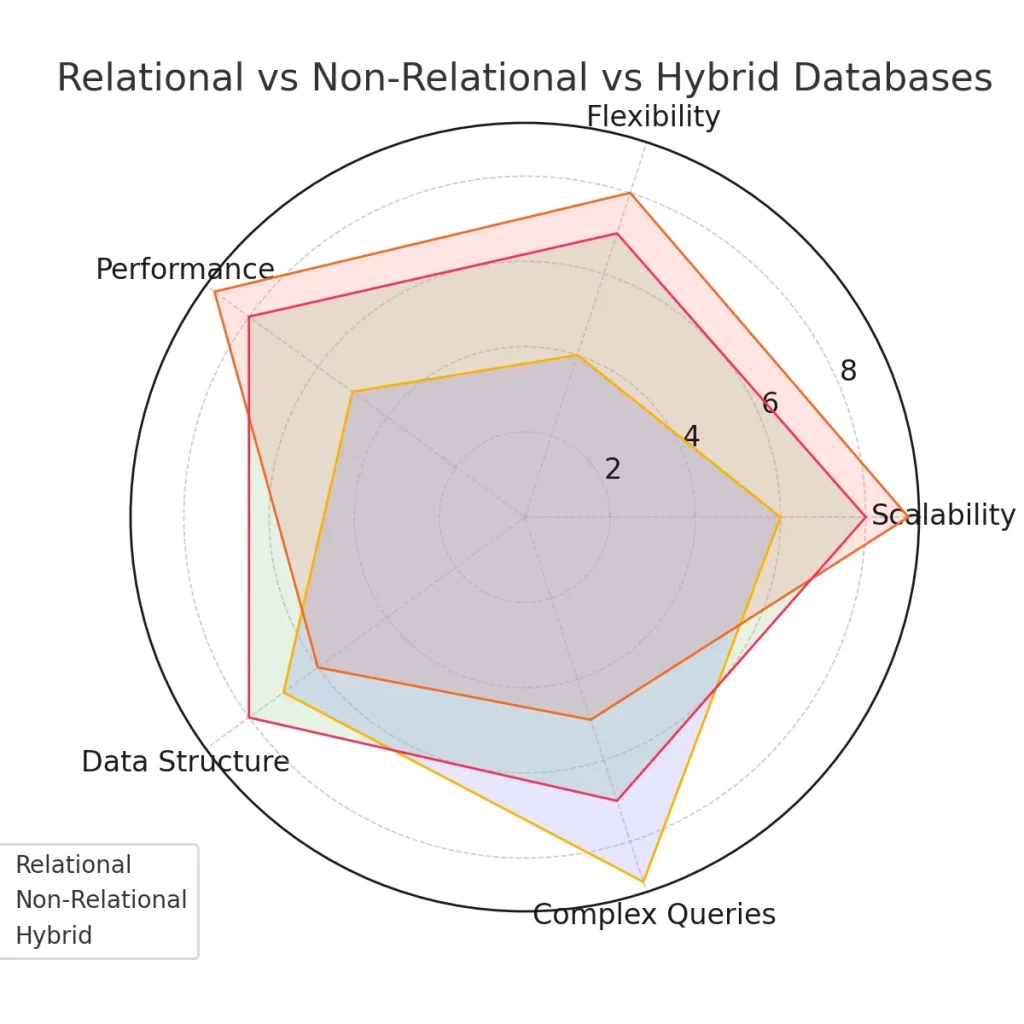
Choosing the Right Database Type
Multiple essential factors should underpin the choice between relational and non-relational databases. The type of data involved is the first thing to consider.
Relational databases are a good choice when data is complex and has relationships between datasets, while non-relational databases shine in handling flexible and unstructured data.
Performance issues also have an impact on the final decision. Relational databases, though complex, may give quick performance results for particular applications while non-relational databases may offer fast query processing for dynamic datasets.
Also, the scalability should be assessed. In contrast to relational databases, non-relational ones typically have better scalability features.
In the end, the selection between relational and non-relational databases basically depends on a thorough evaluation of the application’s needs, considering the specific strengths and weaknesses of each database type.
Use Cases
Relational databases have their best application in situations that involve complex queries, transactional integrity, and large-scale data storage e.g. banking systems, inventory management and CRM solutions.
On the contrary, non-relational databases are suitable for applications that require flexibility, scalability and management of complex data structures such as gaming platforms, social networks, and search engines.
Primary features to be taken into account during database choice in the decision-making process
Bear in mind that there is no universal solution. Consider these key factors for informed decision-making…
Data nature
Structured data excels in relational tables, while non-relational is remarkable in flexibility.
Performance demands
Relational shines in particular searches whereas non-relational is fast for dynamic data.
Scalability
Most of the time, non-relational databases are more efficient in large data growth management than relational solutions.
Conclusion
Choosing the correct database is contingent on the different sceneries of relational and non-relational systems. This article has armed you with a roadmap that takes you through the fundamental distinctions in terms of data structure, performance, scalability, schema and development needs. We dived into the pros and cons of each, highlighting their particular advantages in dealing with structured vs. data without structure; ensuring consistency. In the end, the best choice is a sophisticated grasp of the needs of your application, combining the strengths of each database type to sail through the data world that is changing fast. Keep up with the progress of technology in hybrid approaches, emerging NoSQL functionalities and expanding security issues. Through informed decisions, your applications can be endowed with the most profitable data storage options; hence, with scalability, agility, and success.
Here is a radar chart comparing Relational vs Non-Relational Databases , and Hybrid databases across key factors like Scalability, Flexibility, Performance, Data Structure, and Complex Queries
Top 10 popular RDBMS tools
List of popular Relational Database Management System (RDBMS) tools
- MySQL
- PostgreSQL
- Microsoft SQL Server
- Oracle Database
- SQLite
- IBM Db2
- MariaDB
- Amazon RDS
- Google Cloud SQL
- SAP HANA

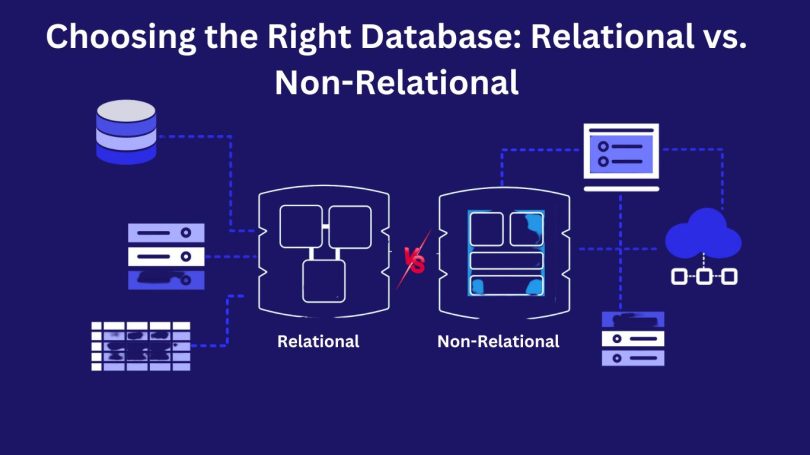
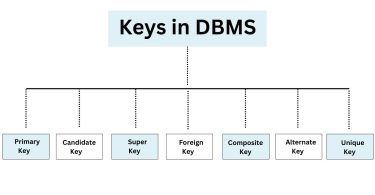
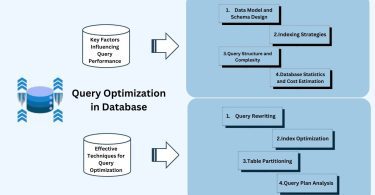
Leave a Comment